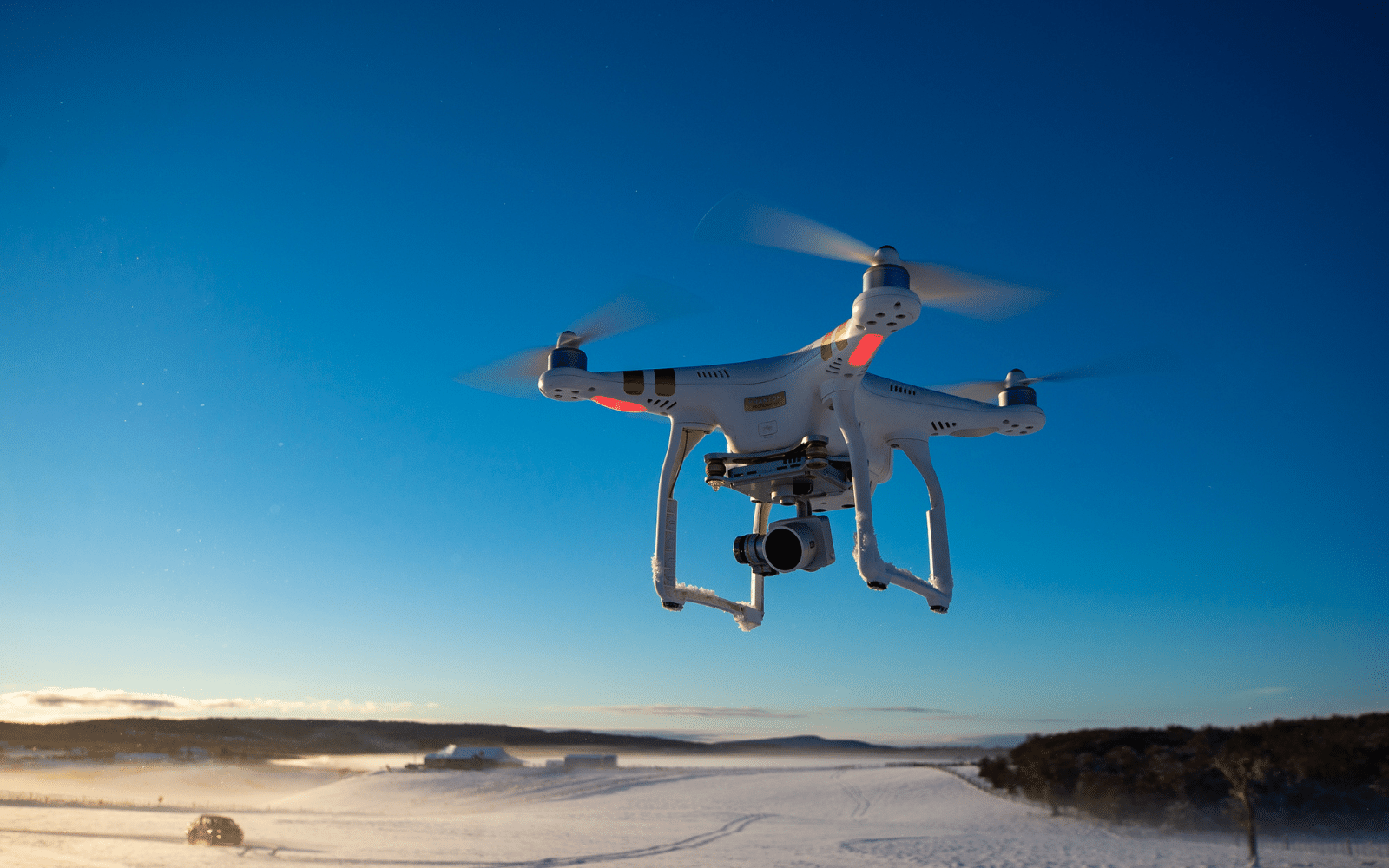Drone delivery is a thing now. But to what extent is it possible to have it everywhere, and would we even want it?
In recent years, cafes, supermarkets and online shops have started testing drone delivery in a handful of locations around the world. More than a dozen drone delivery companies are currently conducting such trials.
Just this week, Wing (part of Google’s parent company Alphabet) announced a partnership with Australian supermarket giant Coles to deliver small items by drone to customers near a Gold Coast supermarket. Wing already operates in parts of Canberra and Logan, Queensland.
Given the technical success of various trials so far, it is worth considering whether drone delivery could become mainstream and can actually be expanded geographically.
As you might expect, the answer is “it depends”. There are many issues when considering drones around people, such as security and infrastructure. For example, a recent crash of a delivery drone into power lines in a Logan suburb left thousands of people without power.
There is also potential unwanted noise and visual pollution, as well as a perceived issue around privacy.
Safety first
Adding potentially dozens of small planes to the skies over our homes, workplaces and roads every day is serious business. As you might hope, commercial drone operation is currently a highly regulated business in most countries.
In Australia, the Civil Aviation Safety Authority has strict regulations that aim to make the operation of drones as safe as possible. They too to forbid use of the drone if the device cannot be used safely in a given situation.
In fact, Australia was one of the first countries to have drone regulations. For example, you cannot fly a drone near an airport or directly above people.
Commercial drone operators are well aware of this and obtain a license to operate – it is in no one’s interest to operate in a dangerous way, and it would be bad for business.
A limited geographic market – for now
To meet the requirement to operate drones safely, delivery operators favor piloting drones over unpopulated terrain, typically very low-density areas, and especially the urban fringe. These are newer suburbs where drone flight paths can be planned to eliminate or minimize safety issues, such as an unexpected accident.
It’s no coincidence that Wing has conducted drone delivery trials in low-density areas of south-east Queensland and the outer suburbs of Canberra. These places are ideal for drone delivery and a great place to continue to develop this business, even if a bird attack can disrupt things.
“Australian crow attacks coffee delivery drone in Canberra”
Nature fights back.https://t.co/iIhHZ8cxw5 pic.twitter.com/j7ySYPVMRz
— Emil Protalinski (@EPro) September 27, 2021
But drone delivery in dense areas of big cities? This is very unlikely in the medium term, due to the extreme difficulty of operating drones safely in dense suburbs.
If you live in an apartment building, where will the delivery take place? On the roof? Perhaps, if your building has been fitted out for it. This is where scaling comes up against the biggest challenges, and the logistics of operating hundreds of drones from a distribution center get really difficult.
However, if there was a strong demand and the right investments were made, it is possible that drone delivery in dense urban areas could be achieved.
But just because it’s technically possible doesn’t mean will be occur. The long-term business case should make sense, of course. But there is a more critical short-term issue: the social license to operate.
A social license
A social license is not an official thing, a government body does not issue one. Rather, it is whether the general public accepts and supports the novelty.
Ultimately, this social acceptance is often what determines the success or failure of the widespread adoption of new technologies, such as delivery drones.
Take nuclear energy, for example. Many countries have nuclear power and the public seems happy with that. Other countries had a social license for nuclear power and lost it, like Japan. In Australia, we don’t have a social license for nuclear power, but that doesn’t mean we won’t get it in the future.
A social license is an ever-evolving construct based on the pros and cons of a technology, all of which are influenced by its perceived value. Most people now seem comfortable being tracked around the clock by their smartphones, as they believe the benefits outweigh the potential negative impacts.
It’s likely that we already have a strong social license to use drones to deliver life-saving emergency medicine to people in need. In a potential life or death situation like this, it’s easy to see that normally the benefits outweigh the risks or inconvenience to others.
But deliver a coffee or a tube of toothpaste by drone? I think the social license for this is up for grabs. At this point, it could go either way.


Comments are closed.